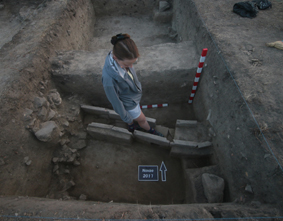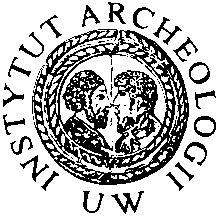THE ANNEX (EXTENSION) OF NOVAE 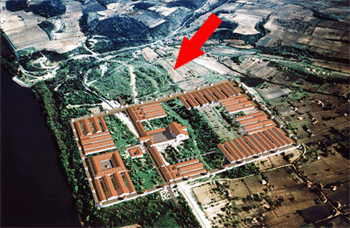 Badania na terenie canabae
i późnoantycznego aneksu 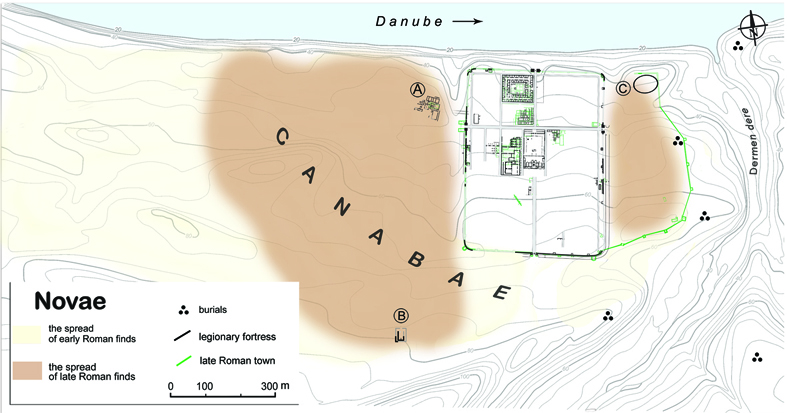
The main part of the extramural settlement (canabae) at Novae
was situated on the western side of the fortress, beyond the West Gate (porta principalis sinistra). The excavations
in this area are very limited due to the existence of private properties. The only building that was excavated there is
a splendid residence, the so-called villa extra muros, excavated by the Bulgarian archaeologists.
A part of the settlement, however, stretched out also to the south-east of the fortress, on an elevated terrain
between the valley of the Dermendere river (the tributary of the Danube) and the southern part of the camp (retentura).
North from this place, terrain goes downwards and the shape of the terrain shows that the military amphitheatre
could have existed there. 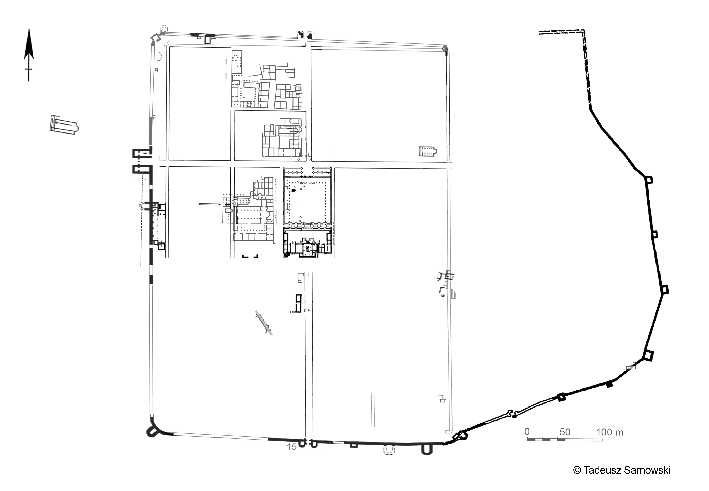
Possibly by the end of the 3rd century new solid fortifications were built outside the eastern walls of the legionary fortress.
These late fortifications were excavated by the Bulgarian Expedition in the 1960s and 1970s. Unearthed remains allowed
to prepare the outline plan of the Late Roman town. Still, little was known about the internal structures or buildings,
as well as the function of this area.
One of the important discoveries made by the Bulgarian archaeologists was the burial dated to the Bronze Age and separate findings
dated to the Iron Age. One of our goals was to find out whether this area was inhabited and used in pre-Roman period preceding
the conquest.
In 2017 we started a new three-year project aimed at reconstructing the fate of this part of the extramural settlement and
a part of the late Roman town. The project realised by the Insytutute of Archaeology, University of Warsaw under the supervision
of Agnieszka Tomas, received a financial support of the Polish National Science Centre.(Project nr 2015/19/B/HS3/01790). We will try
to establish a more detailed chronology of this area, its function and role as a part of the extramural settlement, as well
as the reasons why this part of Novae was surrounded by fortifications in Late Antiquity. We will try to find out as well as the
professions of the inhabitants of canabae. Another vector of reserch consists in understanding the evolution of the settlement after
thw turmoils and the barbarian incursions if the buildings were destroyed and whether the late Antiquity this
part of Novae changed its function.
Analogical extensions and annexes appear also on other Roman sites.
These areas which usually were parts of town's suburbs (suburbia) or civil settlements
near legionary bases (canabae), at a certain moment were surrounded by defensive walls and included into the main part
of the fortress. This kind of annexes we find particularly often in Lower Danubian provinces of the Roman Empire.
In almost all cases the exact moment of their emergence, as well as their function is not established.
Modern literature tried to present several explanations to this phenomenon.
The first one draws attention to the permanent danger caused by the barbarian raids of the 3rd, as well as the necessity to
protect the inhabitants of the suburbs and people migrating from the rural surroundings (A. Poulter).
The annexes in such case would have played the role of refuges during attacks. The reforms made in the end
of the 3rd and the beginning of the 4th century had significant consequences concerning the detachment of troops
and military administration of the Roman frontiers. The reduced, or rather divided legions were dispatched
in various forts, and their original ‘mother’ bases received the new, military-civilian character.
The enclosed areas provided with new fortifications could have garrisoned the reduced unit or barbarian allies
(T. Sarnowski). The third explanation presented very clearly recently, links the annexes (or at least some of them)
with the evacuation of Dacia (M. Zahariade). The enlargement of fortresses and towns are seen in this case as
hosting places for immigrants replaced to the south by the Roman authorities.
Agnieszka Tomas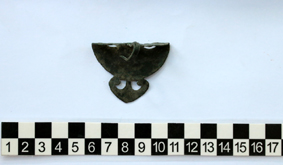
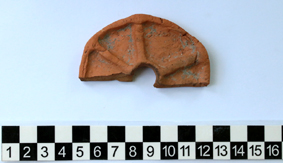
Badania w roku 2017
Based on the non-intrusive survey which took place between 2012-2014, we have chose three places
where we expected to uncover some remains of buildings within the area of the annex. The fourth place, located closer
to the defensive walls, was chosen as a stratigraphical trench where we expected to find an undisturbed sequence of layers. The aim was to
establish the chronological record of the history of this place - from the earliest period of human presence until modern times.
In two trenches we have unearthed fragments of buildings (two large rooms), most probably private dwellings. The finds
discovered there indicate the presence of a civil settlement. Among them we found fragments of children's toys or finger rings. 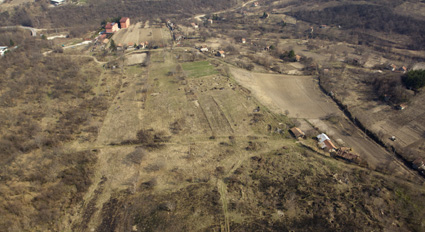
Significant parto of the site has been damaged by illegal trenches. One of our goals was to document the archaeological remains
which may disappear in a very close future. The excavations were preceded by non-destructive investigations within the area of the canabae and more distant settlements around Novae. ZOBACZ WIĘCEJ Agnieszka TomasPublikacje:
|
















